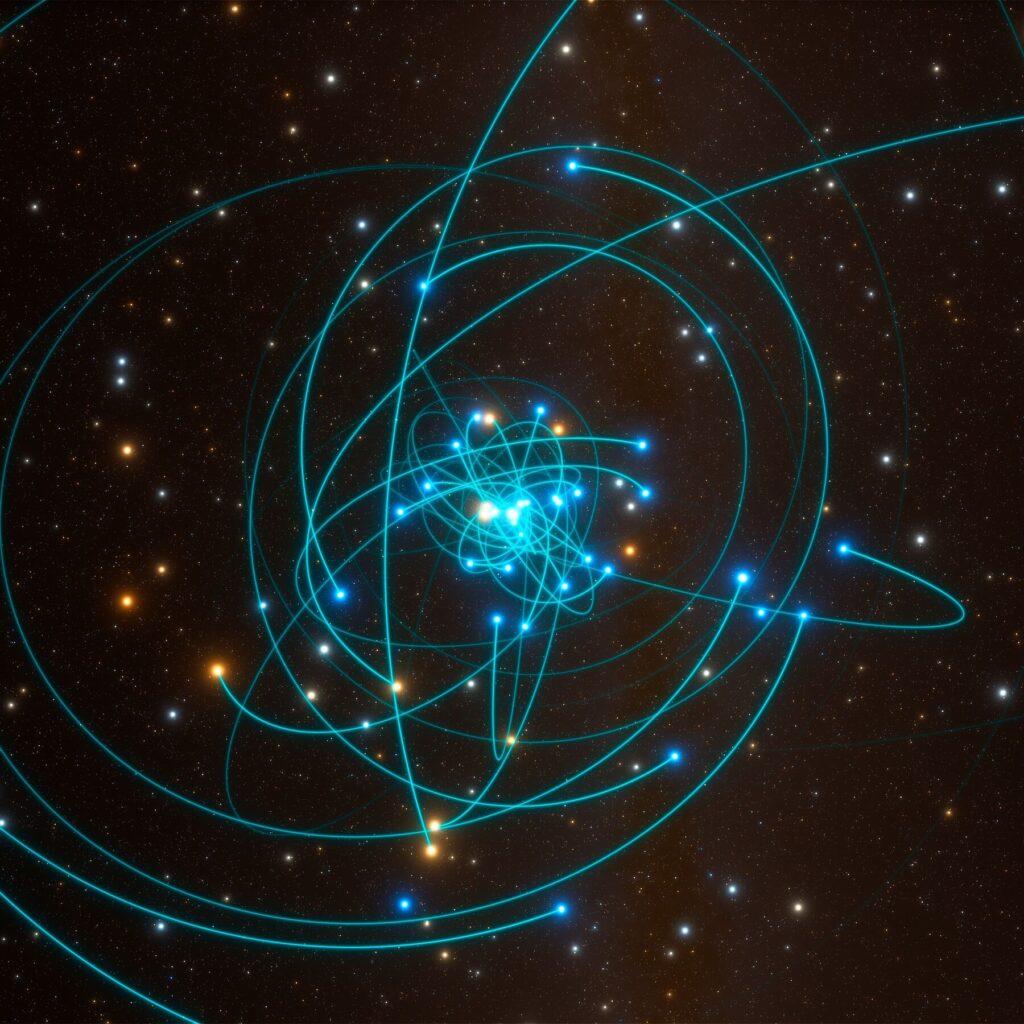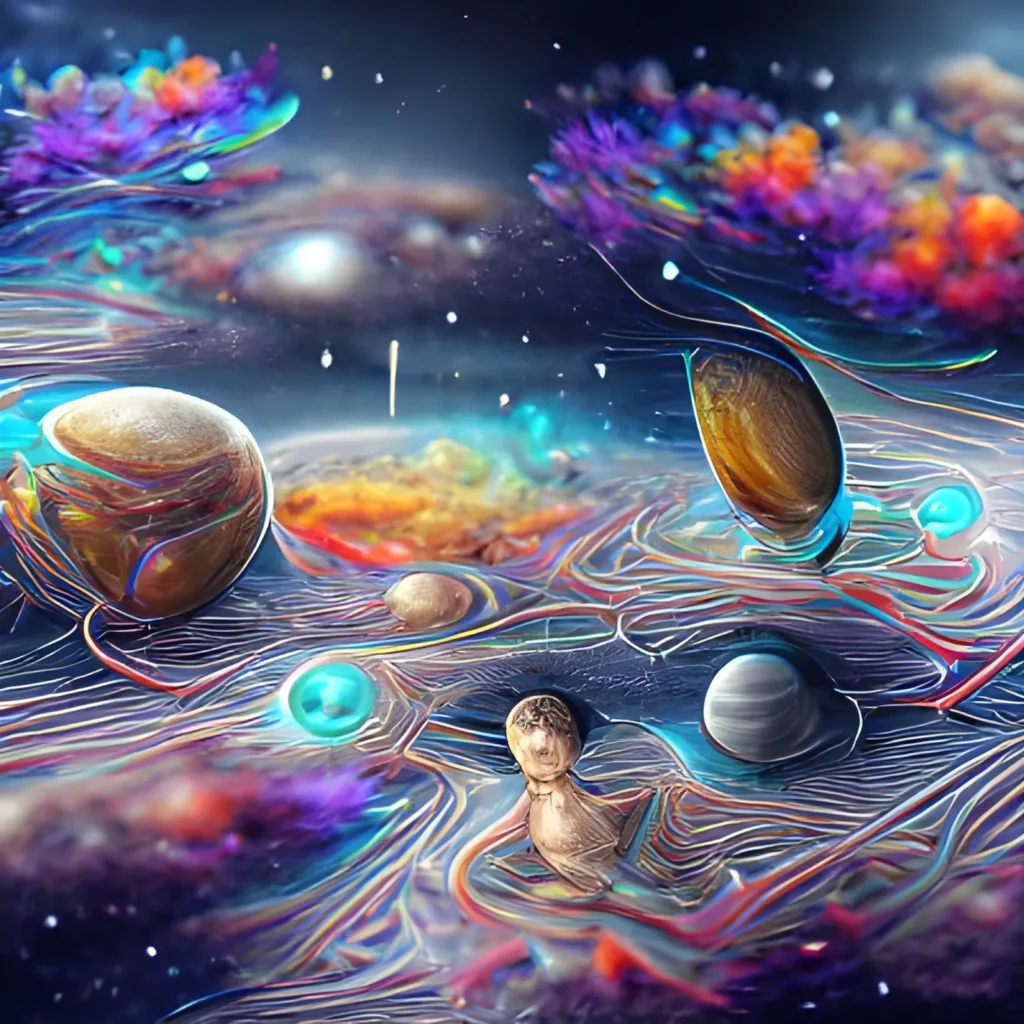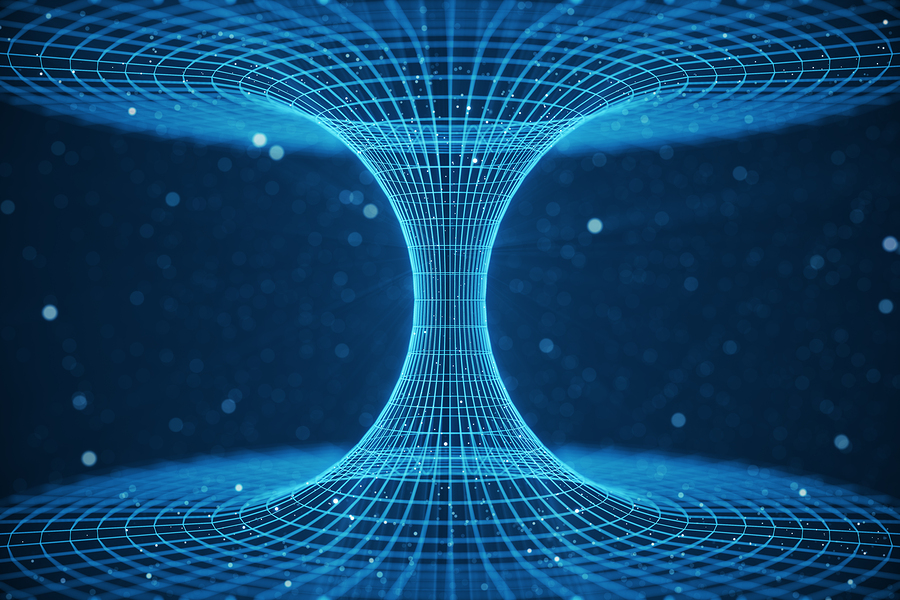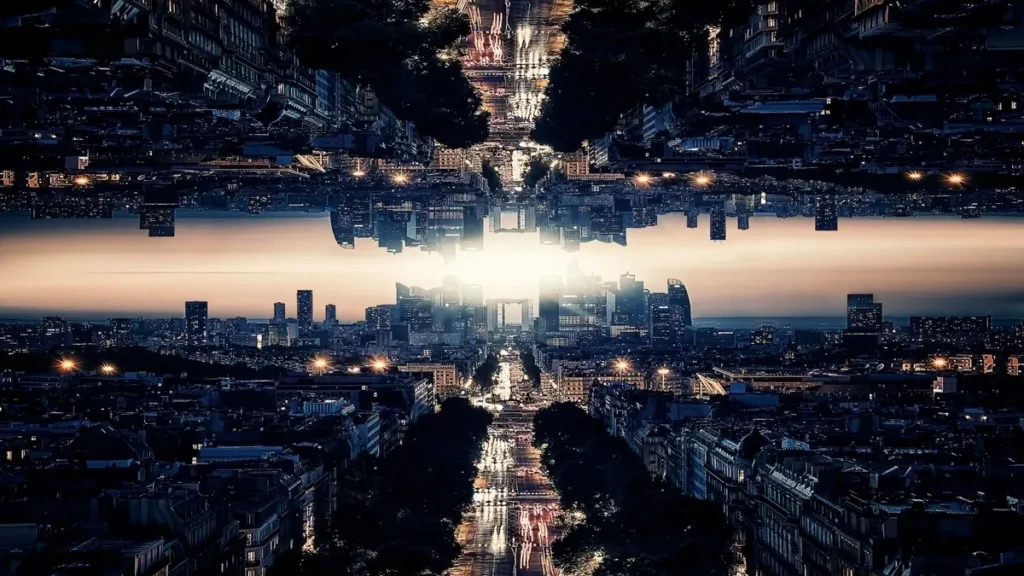Table of Contents
Parallel universes are become more common than just a plot device in science fiction. There are now various scientific hypotheses that lend credence to the notion of parallel universes to our own. The multiverse theory is still one of the most debatable concepts in science, though.

The size of our cosmos is unfathomable. Each galaxy in the universe contains billions or trillions of stars, and there are hundreds of billions, if not trillions, of them. According to some scientists looking at universe models, the universe may be 7 billion light-years across. Others believe it might be endless.
Understanding the Multiverse
The multiverse hypothesis arises from the theory that our universe, often called the “observable universe,” is just one among many. This idea can be challenging to grasp because it challenges our conventional understanding of the cosmos. There are several distinct interpretations of the multiverse, each offering its perspective on how parallel universes might exist.

Many-Worlds Interpretation: Proposed in the realm of quantum mechanics, the many-worlds interpretation suggests that every possible quantum outcome occurs in a separate, parallel universe. This implies that every decision you make, every quantum event, spawns new universes where alternative outcomes unfold.
Inflationary Multiverse: Inflation theory posits that the universe underwent a rapid expansion shortly after the Big Bang. Some versions of this theory propose that this expansion resulted in the creation of “bubble” universes, each with its own set of physical laws.
Parallel Universes in String Theory: String theory, a theoretical framework in physics, suggests the existence of extra dimensions beyond the familiar three spatial dimensions. In this context, the multiverse consists of different “branes” (membranes), each representing a separate universe.
Simulation Hypothesis: This speculative idea suggests that our universe is a simulation created by a more advanced civilization. If this is true, then the creators of our simulation might have created other simulated universes, essentially constituting a multiverse.

Implications of the Multiverse
The concept of parallel universes has profound implications for our understanding of the cosmos and our place within it.
Infinite Possibilities: If the multiverse theory holds, it means that every possible outcome and reality exists somewhere in the multiverse. This opens up a vast landscape of potential worlds and events.
Cosmic Uniqueness: The notion of parallel universes challenges the idea that our universe is unique or special. Instead, it suggests that universes with different laws and constants could exist, altering our perspective on the nature of the cosmos.
Quantum Mechanics: The many-worlds interpretation of the multiverse is particularly intriguing for its potential to explain the bizarre phenomena observed in quantum mechanics, where particles can exist in multiple states at once.
Existential Questions: The multiverse raises profound existential questions about our existence and choices. It invites us to ponder the implications of living in a reality where every choice we make has infinite consequences in parallel universes.

This is an incomplete list of some appearances of multiverses, split-timeline universes and parallel universes in fiction:
Movies
Into the Spider-Verse (2018)
Terminator Genisys (2015)
Phineas and Ferb the Movie: Across the Second Dimension (2011)
Star Trek (2009)
Donnie Darko (2001)
Run Lola Run (1998)
Sliding Doors (1998)
Back to the Future 1-3 (1985, 1989, 1990)
The Adventures of Buckaroo Banzai Across the 8th Dimension (1984)
Television
Star Trek: Discovery, multiple episodes
Star Trek: Enterprise, multiple episodes
Star Trek: Deep Space Nine, multiple episodes
Star Trek: The Next Generation, “Parallels” (Episode 11, Season 7) (1993)
Star Trek: The Original Series, “Mirror, Mirror”, (Episode 4, Season 2) (1967)
Doctor Who, multiple episodes
Sliders, entire series
Community, “Remedial Chaos Theory” (Episode 4, Season 3) (2011)
Rick and Morty, multiple episodes
Futurama, multiple episodes
Eureka, multiple episodes
Agents of Shield, multiple episodes
“The Chronicles of Narnia” series (Geoffrey Bles, 1950-56) by C. S. Lewis
“His Dark Materials” series (Scholastic, 1995-2000) by Phillip Pullman
The “Discworld” series (HarperCollins, 1983-2015) by Terry Pratchett
“Men Like Gods” (Macmillan, 1923) by H. G. Wells
“The Dark Tower” series (Donald M. Grant, 1982-2012) by Stephen King
Video games
BioShock Infinite, 2013
Kingdom Hearts, 2002-2020
Chrono Cross, 1999
Half-Life, 1998-2020
Metroid Prime 2: Echoes, 2004
Zero Escape, 2009-2016
Conclusion
The concept of parallel universes, while captivating, remains highly speculative and largely unproven. It pushes the boundaries of our current understanding of the universe and challenges our perspective on reality. Whether the multiverse exists or not, its exploration has already expanded our thinking about the cosmos and the nature of existence itself. As science continues to advance, we may one day uncover the true nature of the multiverse, or we may find that it remains one of the most enigmatic mysteries of the universe, forever teasing our imagination.